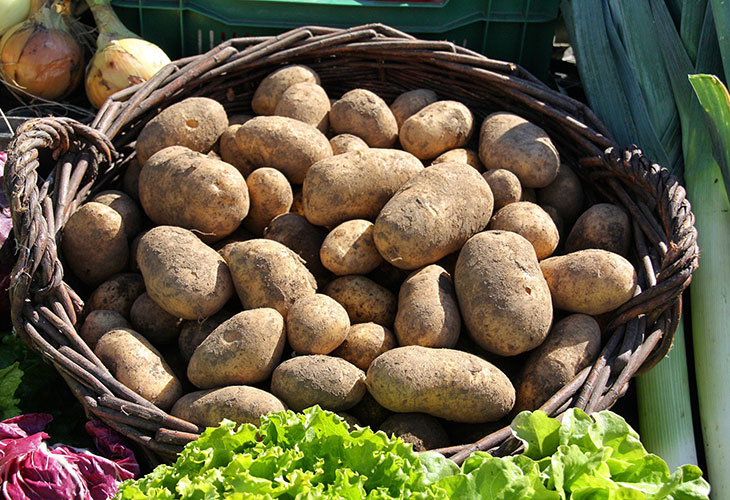If you’ve only encountered potato in the form of French fries and chips, it might surprise you to know that it grows underground as do other root vegetables. Shocking? Let me tell you a short story.

One time, my daughter’s friend was visiting and he was hanging out in the kitchen watching my daughter prepare dinner. She was rinsing potatoes under the tap and he asked, “Why are they so dirty?” To which she replied, “Because potatoes grow underground!”
Everyone who heard laughed although, I swear, we tried not to. My daughter could have said that potatoes are imported from Mars and her friend would probably have worn the same look of disbelief on his face.
Yes, potatoes grow underground and so do a lot of vegetables. Sweet potato, yam, carrot, beet, radish, jicama, turnip, cassava, ginger, turmeric, galangal and parnsip are only some of them. Collectively they are called root vegetables.
Not all root vegetables are true roots
Botanically, there are distinctions between true roots and non-roots. Some of the vegetables we lump under the label “root vegetables” may actually be modified stems as in the case of corms and rhizomes. Taro is a corm, for example while ginger, turmeric and galangal are rhizomes.
Then, there are the tubers. Yams and potatoes are tubers. The edible part of the plant is actually a storage organ for carbohydrates that allows the plants to store nutriets to allow it to survive through the dry season (or winter in colder regions) so it can regrow.
True root vegetables
True root vegetables are either taproots or root tubers.

Taproots have a large dominant root from which other roots sprout. Carrot, radish, sugar beet, parsnip and turnip are examples.
While the edible part of corms and rhizomes is a modified stem, with root tubers, what we eat is a modified root. As with real tubers, the edible part of the root tuber is also a storage for carbohydrates. Examples are sweet potato and cassava.
Prepping root vegetables for cooking
Unless you plan to give your family a lecture on botany every time to serve root vegetables, well, in the end, the distinction between true roots and non-roots doesn’t matter. Suffice to say that they are all root vegetables because the part of the plant that we eat grow in the soil rather than above it. That’s why when they are newly harvested, we find some soil still clinging to them.
To remove soil from root vegetables, turn on the tap and rinse the vegetable in running water. Use a soft brush to loosen soil that has hardened.
To eat the skin or not
Considering the direct exposure of these vegetables to the soil, should we eat their skin?

Cooks vary with their opinions. Cooks who go for aesthetics prefer to peel and discard the skin (of potatoes and carrots, especially) to give the vegetables are cleaner look on the dinner plate.
On the other hand, cooks who value nutrition over appearance say that we lose so much nutrients by discarding the skin of root vegetables.
Personally, I prefer to eat the skin BUT only of young potatoes and carrots. Mature ones have thicker and more fibrous skin, and I just don’t find that palatable. Meanwhile, very young root potatoes and carrots (again, especially potatoes and carrots) have thin and tender skin. Other root vegetables especially cassava and yam, I prefer to peel before cooking.